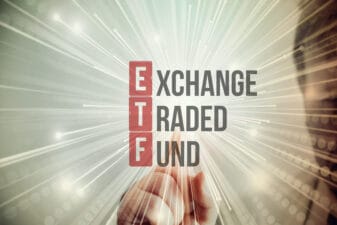Canadian investors are finding it difficult to increase their savings in the last two years due to elevated inflation levels and rising interest rates. So, it makes sense to squeeze out every dollar you can from benefits offered by the Canada Revenue Agency (CRA).
Here are three CRA benefits every Canadian can claim before the end of 2023.
Maximize the TFSA contribution limit
The CRA increased the contribution limit for the TFSA (Tax-Free Savings Account) to $6,500 in 2023, up from $6,000 in 2022. Canadian investors over the age of 18 need to maximize TFSA contributions each year as it is a tax-sheltered account that allows you to hold various qualified investments such as stocks, bonds, and mutual funds.
You can also carry forward any unused contribution room from previous years in the TFSA.
Medical benefits
The Canada Revenue Agency covers an exhaustive list of medical items that are eligible for tax credits ranging from dental care to ambulance, helping you save a portion of your medical expenses each year.
You need to go through the CRA website and check the medical benefits that can be claimed by yourself and other members part of the household.
Going green
Canada and several other global economies are investing heavily in renewable energy solutions to offset their carbon footprint and fight climate change. The Canadian government is offering several incentives to households and businesses to accelerate the widespread adoption of clean energy products and services in the upcoming decade.
For instance, the Canada Greener Home Loan benefit provides homeowners with interest-free loans to make their homes energy-efficient. Homeowners can avail anywhere between $5,000 and $40,000 to transform their home into a fixed asset that is clean and green.
Moreover, potential electric vehicle (EV) owners can avail up to $5,000 in government subsidies if they are looking to buy a battery-powered car or even a long-range plug-in hybrid. The subsidy is part of the country’s zero-emission program that encourages individuals to buy EVs.
Invest these CRA benefits in a diversified, low-cost ETF
Once you have availed of these CRA benefits, you can invest the savings and buy a low-cost ETF or exchange-traded fund (ETF) such as Vanguard S&P 500 ETF (TSX:VSP). The VSP ETF provides investors access to the 500 largest companies in the U.S., including tech giants such as Apple, Microsoft, Amazon, Nvidia, and Alphabet.
Investing in quality ETFs provides you exposure to a basket of stocks, which reduces overall risk and provides the investor with diversification. Moreover, in the last 30 years, the S&P 500 index has returned 10% annually after adjusting for dividends, allowing you to benefit from inflation-beating returns over time.
With $2.45 billion in total assets, the VSP ETF is hedged to the Canadian dollar, shielding you from fluctuations in foreign exchange rates.
Despite a challenging macro economy, the S&P 500 index is trading close to all-time highs, rising over 23% year to date. Given annual returns of 10%, a monthly investment of $500 would turn into more than $3 million over 40 years.







